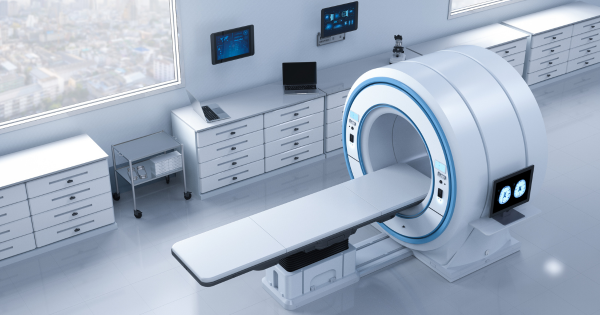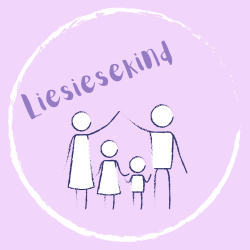When it comes to you or your child getting an MRI, you might have heard about open MRI and closed MRI, but what exactly are the differences between them? Which one is better? For children, it can be scary to undergo medical scans or treatments, and as parents, we need all the information to know what to expect and make the right decision. Let’s break it down in this easy-to-understand guide.
What Is MRI?
Before diving into the differences, let’s start with the basics. MRI stands for Magnetic Resonance Imaging, a medical imaging technique that helps doctors examine the inside of your body. It’s commonly used to diagnose various health conditions, from bone injuries to brain disorders.
Open MRI and Closed MRI – Know The Difference

The Open MRI Experience
Comfort and Claustrophobia
Open MRI machines, like this Oasis Open MRI machine, have gained popularity because of their design, which is more accommodating for patients who may experience claustrophobia or anxiety in tight spaces. Here’s what you can expect:
- Spacious Design: Open MRI machines are roomier compared to their closed counterparts. You won’t feel confined during the procedure.
- Comfortable Positioning: You can usually lie down comfortably during the open MRI, which can be especially helpful for those with mobility issues.
- Less Claustrophobic: The open design helps reduce the feeling of being enclosed, making it a more pleasant experience for many patients.
Suitable for Kids and Larger Patients
Open MRIs are often the preferred choice for children and larger individuals. Here’s why:
- Pediatric-Friendly: The open design is less intimidating for kids, helping them stay calm during the procedure. Some open MRI facilities even provide entertainment options to distract young patients.
- Accommodating Size: If you’re on the larger side, the open MRI can accommodate your size comfortably.
- Accessibility: Individuals with mobility challenges, such as those using wheelchairs, find it easier to access the open MRI machine.
Closed MRI: The Classic Option
Closed MRI machines have been the standard for many years, and they offer some unique advantages of their own.
Better Image Quality
One of the key benefits of closed MRI machines is the superior image quality they provide. Here’s why you might opt for a closed MRI:
- Higher Resolution: Closed MRI machines generally offer higher resolution images, which can be crucial for detailed diagnoses.
- Specialized Exams: For certain medical conditions, especially those involving the brain or spinal cord, closed MRI machines may be the preferred choice to ensure the highest image quality.

Shorter Scan Times
In some cases, closed MRI machines offer shorter scan times, which can be a significant advantage for patients who have difficulty remaining still for long periods. Here’s what to consider:
- Faster Imaging: Closed MRI machines often have stronger magnets, allowing for quicker image acquisition.
- Reduced Motion Artifacts: If you have trouble holding still, a closed MRI may be better at producing clear images.
Which MRI Is Right for You?
Now that you understand the key differences between open and closed MRIs, let’s help you determine which one might be the better choice for your specific needs.
Related: Tonsil and Adenoid Removal in Kids – What To Expect
Choose Open MRI If:
- You experience claustrophobia or anxiety in enclosed spaces.
- You are a child or have a child who needs an MRI.
- You are a larger individual or have mobility challenges.
- You require a more comfortable and spacious MRI experience.
Choose Closed MRI If:
- You need the highest image quality for a detailed diagnosis.
- You have a medical condition that requires specialized exams.
- You prefer shorter scan times.
- You don’t experience claustrophobia or discomfort in closed spaces.

Frequently Asked Questions
1. Are open MRIs as accurate as closed MRIs?
While open MRIs can provide accurate results for many medical conditions, closed MRIs generally offer higher resolution images, making them preferable for certain specialized exams.
2. Will I feel claustrophobic in a closed MRI machine?
It depends on your personal comfort level. Some people do feel claustrophobic in closed MRI machines, while others have no issues. If you’re concerned about claustrophobia, consider an open MRI for a more open and comfortable experience.
3. How long does an MRI scan typically take?
The duration of an MRI scan can vary depending on the type of MRI machine, the body part being examined, and the specific exam’s requirements. Closed MRIs may offer shorter scan times due to their stronger magnets.
4. Can I listen to music or bring a friend during the MRI?
Many MRI facilities, both open and closed, offer options for patients to listen to music or have a friend or family member accompany them during the procedure. It’s essential to check with the facility beforehand to see what amenities they provide.
Conclusion
In the world of medical imaging, open and closed MRIs each have their advantages and are tailored to specific patient needs. Whether you opt for an open or closed MRI, the essential thing is to prioritize your comfort and get the imaging necessary for your health and your family.
Remember to consult with your healthcare provider to determine which type of MRI is the best fit for your specific medical situation. Your peace of mind and accurate diagnosis are what truly matter in the end. We hope this post about open MRI and closed MRI and the difference between them has been insightful and will guide you the next time you need to decide which is the best option.





Be the first to reply